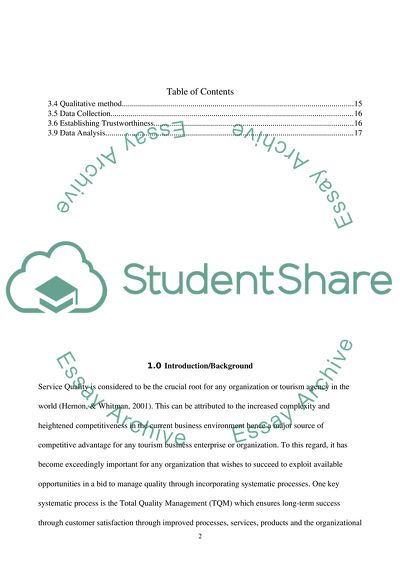Cite this document
(Service Quality and Its Impact on Customer Loyalty Research Proposal, n.d.)
Service Quality and Its Impact on Customer Loyalty Research Proposal. https://studentshare.org/tourism/1854947-service-quality-and-its-impact-on-an-organization
Service Quality and Its Impact on Customer Loyalty Research Proposal. https://studentshare.org/tourism/1854947-service-quality-and-its-impact-on-an-organization
(Service Quality and Its Impact on Customer Loyalty Research Proposal)
Service Quality and Its Impact on Customer Loyalty Research Proposal. https://studentshare.org/tourism/1854947-service-quality-and-its-impact-on-an-organization.
Service Quality and Its Impact on Customer Loyalty Research Proposal. https://studentshare.org/tourism/1854947-service-quality-and-its-impact-on-an-organization.
“Service Quality and Its Impact on Customer Loyalty Research Proposal”. https://studentshare.org/tourism/1854947-service-quality-and-its-impact-on-an-organization.


